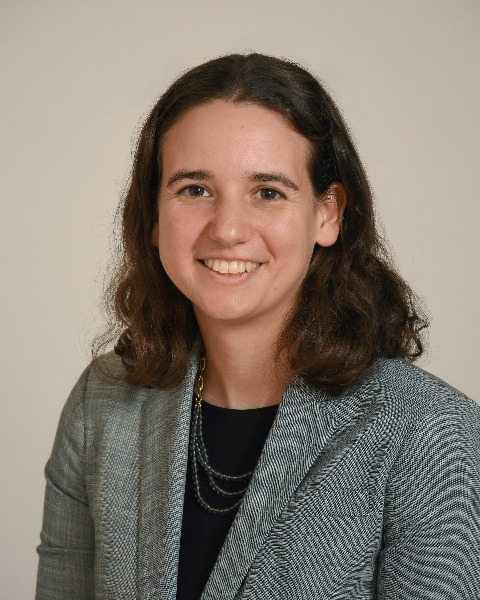Developmental and Behavioral Pediatrics
Session: Developmental and Behavioral Pediatrics 2: Autism
409 - Developmental Behavioral Pediatrics Follow-up After Autism Diagnosis: Demographic Patterns and Changes after the Introduction of Telemedicine
Friday, May 3, 2024
5:15 PM - 7:15 PM ET
Poster Number: 409
Publication Number: 409.606
Publication Number: 409.606

Jessica R. Landau-Taylor, BS (she/her/hers)
Medical Student
Boston University School of Medicine
Somerville, Massachusetts, United States
Presenting Author(s)
Background: Developmental Behavioral Pediatrics (DBP) clinics often have long wait lists. Many Developmental Behavioral Pediatricians provide longitudinal care in addition to initial evaluations. Patient follow-up limits clinician availability for new evaluations. Little is currently known about follow-up rates in DBP.
Objective: To describe the follow-up rates in an urban DBP clinic, including differences between demographic groups and changes over time.
Design/Methods: A retrospective review of electronic medical record data from Oct 1 2015 to July 1 2023 was performed. Key data points included appointment dates, diagnostic codes, billing codes, and patient demographic data. Patients were included if they had a DBP encounter associated with a diagnosis of autism. Diagnostic visits were determined using Current Procedural Terminology (CPT) codes. Patients were defined as “lost to follow-up” after 18 months without a completed visit. Demographic variables were categorized as follows: insurance type was dichotomized (public vs private), race documented in the EMR was categorized into five groups (AAPI, Black, Hispanic, White, and other/not available), language was dichotomized (English vs other), and age at diagnosis was categorized into four groups (0-3, 4-5, 6-12, and >12). Chi-squared tests were used to compare follow-up rates and number of visits between groups. Follow-up rates were calculated for each year, and differences before and after the introduction of telemedicine during the COVID-19 public health emergency were examined.
Results: We observed 3,690 total patients, 1,364 of whom had an identifiable diagnostic visit. These patients had an average of 1.7 follow-up appointments in the first year (n = 1045) and 55% were lost to follow-up within 2 years of diagnosis (n = 539). Average visits in the first year and rates of loss to follow-up in the first two years did not vary significantly by insurance type (chi-squared p = 0.79 and 0.08, respectively), race, (p=0.63 and 0.25), and language (p = 1 and 0.28). Age at diagnosis predicted loss to follow up at two years (47% if ≤ 3 yrs, 62% if >3 yrs, p=0.006) but not increased visits in year one (p = 0.86). Rates of loss to follow-up varied from year to year (chi-squared p = 0.002), with increased follow-up after telemedicine became available (64-66% vs 68-72%).
Conclusion(s): In our DBP clinic in an urban safety-net hospital, loss to follow-up is common, which has downstream implications for both quality and access. Follow-up rates are higher for patients diagnosed at younger ages and have increased since the transition to telemedicine in 2020.
